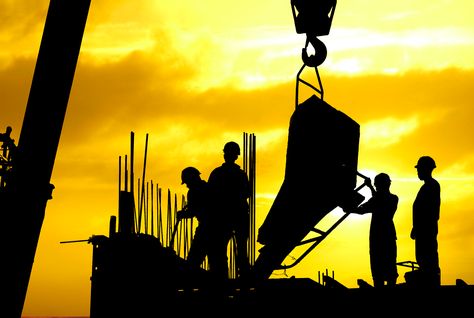Design and build - pros and cons
Design and build is a term describing a procurement route in which a single contractor is appointed to design (or complete the design) and then to construct the works. This is as opposed to a traditional contract, where the client appoints consultants to undertake the design and then a contractor is appointed to construct the works.
Design and build can be advantageous in terms of time as it allows the overlap of design and construction reducing the overall project delivery time.
The fact that there is a single point of responsibility for the client to deal with once the contract is awarded can also make things simpler. The client is also able to engage with the contractor and their design team or supply chain earlier in the design process to try and achieve a more practical or buildable solution if necessary.
In terms of cost, it allows the client a certain amount of control as the contractor generally agrees to take on responsibility for the design and construction for a pre-agreed price. This means that the contractor takes on much of the financial risk (which may be reflected in the price). However, as the contractor is responsible for the design, they may make cost savings here (which can impact on quality).
Under some design and build contracts, the design team will be novated to the contractor, which can benefit quality (ie they transfer from working for the client to working for the contractor). This can be beneficial to the client as it maintains continuity between pre-tender and post-tender design whilst leaving sole responsibility for designing and building the project with the contractor. However, it can leave them without suitable independent advisors to help them oversee the developing design and then the construction. For more information, see Novation.
There are some disadvantages to the design and build procurement route. In terms of quality, the contractor may exploit a specification that is open to interpretation and choose the cheapest route. This can mean that quality may be compromised if the employer’s requirements do not adequately ensure the anticipated specifications are adhered to.
There is also the risk that the client may have to pay more if the contractor has to take on an unreasonably high level of risk due to a lack of design clarity when tendering. In terms of design flexibility, it is also important to consider that any request for changes will have cost and time implications.
[edit] Related articles on Designing Buildings
- Construction contract.
- Construction management contract.
- Design and build.
- Design build operate (DBO).
- Design build operate maintain DBOM.
- Design liability.
- Employer’s requirements.
- JCT Design and Build Contract.
- Management contracting - pros and cons.
- Novation.
- Procurement route.
- Traditional contract - pros and cons.
Featured articles and news
Delivering for tenants; National Retrofit Hub
New report offers recommendations to strengthen energy efficiency standards to protect private renters.
Government consultations for the summer of 2025
A year of Labour, past and present consultations on the environment, the built environment, training and tax.
CMA competitiveness probe of major housing developers
100 million affordable housing contributions committed with further consultation published.
Homes England supports Greencore Homes
42 new build affordable sustainable homes in Oxfordshire.
Zero carbon social housing: unlocking brownfield potential
Seven ZEDpod strategies for brownfield housing success.
CIOB report; a blueprint for SDGs and the built environment
Pairing the Sustainable Development Goals with projects.
Types, tests, standards and fires relating to external cladding
Brief descriptions with an extensive list of fires for review.
Latest Build UK Building Safety Regime explainer published
Key elements in one short, now updated document.
UKGBC launch the UK Climate Resilience Roadmap
First guidance of its kind on direct climate impacts for the built environment and how it can adapt.
CLC Health, Safety and Wellbeing Strategy 2025
Launched by the Minister for Industry to look at fatalities on site, improving mental health and other issues.
One of the most impressive Victorian architects. Book review.
Common Assessment Standard now with building safety
New CAS update now includes mandatory building safety questions.
RTPI leader to become new CIOB Chief Executive Officer
Dr Victoria Hills MRTPI, FICE to take over after Caroline Gumble’s departure.
Social and affordable housing, a long term plan for delivery
The “Delivering a Decade of Renewal for Social and Affordable Housing” strategy sets out future path.
A change to adoptive architecture
Effects of global weather warming on architectural detailing, material choice and human interaction.
The proposed publicly owned and backed subsidiary of Homes England, to facilitate new homes.
How big is the problem and what can we do to mitigate the effects?
Overheating guidance and tools for building designers
A number of cool guides to help with the heat.
The UK's Modern Industrial Strategy: A 10 year plan
Previous consultation criticism, current key elements and general support with some persisting reservations.
Building Safety Regulator reforms
New roles, new staff and a new fast track service pave the way for a single construction regulator.



























Comments